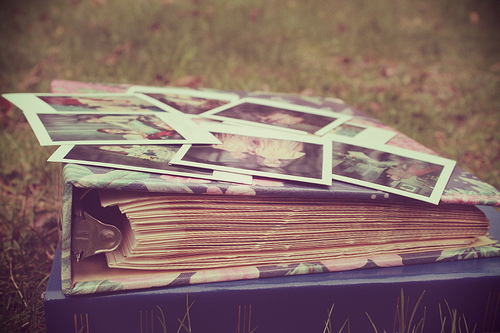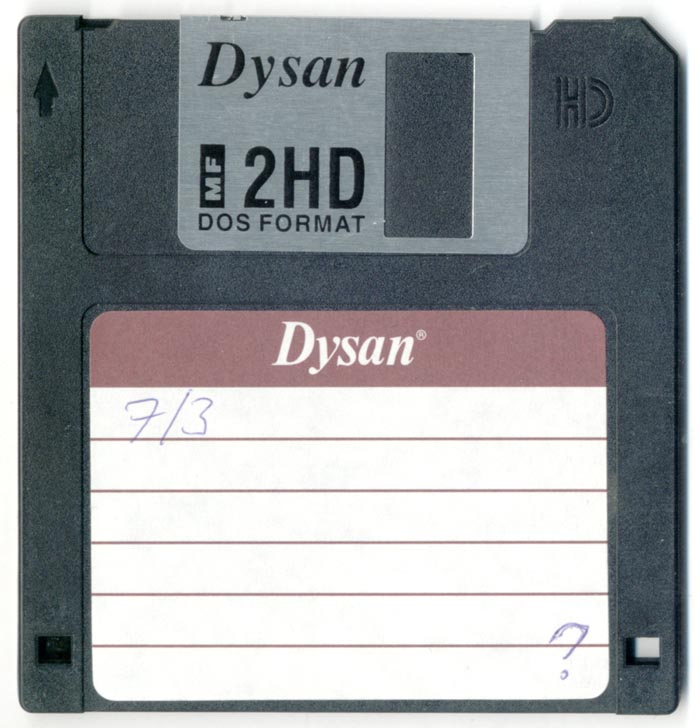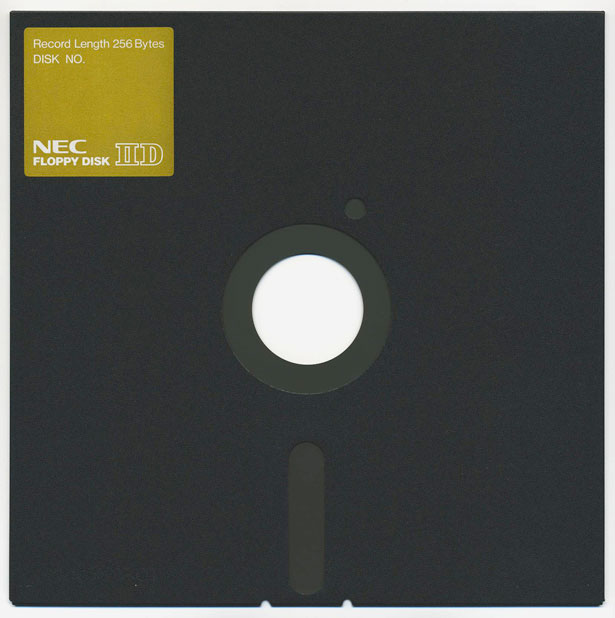Protecting Your Memories - Digital Photos and the Future.
OCTOBER 25TH, 2013

We all know this is a fast moving, highly technological age. We are always looking forward - the latest iPhone, app or gadget that will make our lives simpler, faster, more connected. We can take, edit, store and share photos all on one device, in just a few clicks.
Digital technology has revolutionised the way we think, and interact with our photos, and our memories. We're taking more photos than ever before, as we have a camera with us at all times. We take pictures of rainbows, and lunches, and flowers, and sunsets. But we also take photos of our friends, and family. We capture our life and times, and we put them in the Cloud, and on Facebook. We save them on memory cards and hard drives.
We rarely print our photos anymore, We rarely hold them, or hand them around. We rarely hang them on the walls or put them in frames. That moment of anticipating our photos as they print at the local photo shop, that 1 hour of waiting to see what our photos will look like, is a nostalgic memory. Now we take them, and upload them in an instant. We post them and tag them in less time than it takes a polaroid image to appear from the white haze.
And while the immediacy is exciting, and allowing us to connect with more content, more of the time, some of the romance has certainly gone. Like the difference between the crackle of vinyl, and the hollow simplicity of an MP3; or the smell of a newly purchased book, instead of the pale glow of a fresh Kindle download; the printed photo is visceral, and evocative, and above all permanent.
Because while our thousands of digital images nestle seemingly safely in easily shareable kilobytes, what happens to them in the future?
We still have photos from 100 years ago, because they were printed. Because they were physical. Because they were, and still are, real. But our digital photos are virtual. They exist because we have a device through which to view them; a computer, a smartphone, a tablet. And we will continue to be able to view these files for as long as we have a compatible device.
But what happens if our files are corrupted? Or our hard drives are damaged? What happens if the Cloud disappears? Do our photos just disappear? What happens if Facebook goes bankrupt, or Flickr just shuts down? What happens to our memories? To our stories?
There is a growing movement called Digital Archeology aimed at capturing our fleeting digital world for historical purposes. Websites like web.archive.org have saved websites from the past, so that even if the site is now defunct, it can still be seen. In addition, national libraries are also saving copies of important websites for future generations. Digital Archeologists Story explain, "Today when almost a quarter of the earth's population is online, this most recent artistic, commercial and social history is being wiped from the face of the earth and 100 million hard drives lie festering in recycling yards or rusting in landfills".
Even if we hold onto all our files, what if one day we don't have a device capable of reading them? Have you ever cleaned out an old drawer or box and found one of these?

Or one of these?

We were using these just over 10 years ago, and now our computers don't even have a drive capable of reading them.
This isn't just a personal user issue either. As Wired magazine explained back in 2011, "NASA, for example, has huge quantities of information sent back from space missions in the 1960s, stored on deteriorating magnetic tape, in formats designed for computers that were obsolete twenty years ago. NASA didn't have the funds to transfer the data before the machines became junk. The National Center for Atmospheric Research has 'thousands of terabits' of data on aging media that will probably never be updated because it would take a century to do it. The archival tapes of Doug Engelbart's Augment project - an important part of the history of computing - are decaying in a St Louis warehouse".
So what does this all mean for you and your photos? Will your digital files still be around in 10, 20 or 30 years? What about 100, or 500 years?
The Paston Letters, a collection of correspondence between the Pastons, a Norfolk gentry family, from 1422 and 1509, describe the life and times of a turbulent age in British history. Through their words we have a greater understanding of the events of the War of the Roses, and early Tudor period than we would have without their letters. We also have a vivid illustration of every day life in that era.
But will our words be kept for future generations? Will our images? While it is by no means essential that all the great cacophany of digital noise that echoes through virtual world - a million Facebook posts about the weather, and Instagram pics of our dinner - be saved, when we email and message each other in virtual ways, where will that correspondence be in the future?
Could there still be a place in our lives for printing memories? For creating hard copies, that we can hold, and keep forever?
Our great grandchildren will want to see our photos, and imagine what our lives were like, just like we do our own grandparents, and great grandparents. Programs like "Who Do You Think You Are" rely on these visual relics to bring to life the stories of the past.
Looking at old photographs is enlightening, sobering and fascinating - just take a look at these vintage images. Historic photos connect us to our past, both personally and socially, and remind us that our lives are not so different than those who came before us. That we are all a part of the ongoing tapestry of humankind.
By protecting our memories for the future, we in turn give ourselves a powerful gift in the present too. The beauty of holding your memories in a real and tactile way, of turning the pages of a photo album or a beautiful photo book and feeling the paper beneath your fingers, enhances the experience of reliving and sharing your memories.
Much like there is still a place for reading hard cover books, and listening to real records, there is still a place in our lives for printing our memories, not only for the future, but as a way of enriching our lives right now.
Want to protect your memories? Make a Photo Book.
Photo credit: Photo Album







